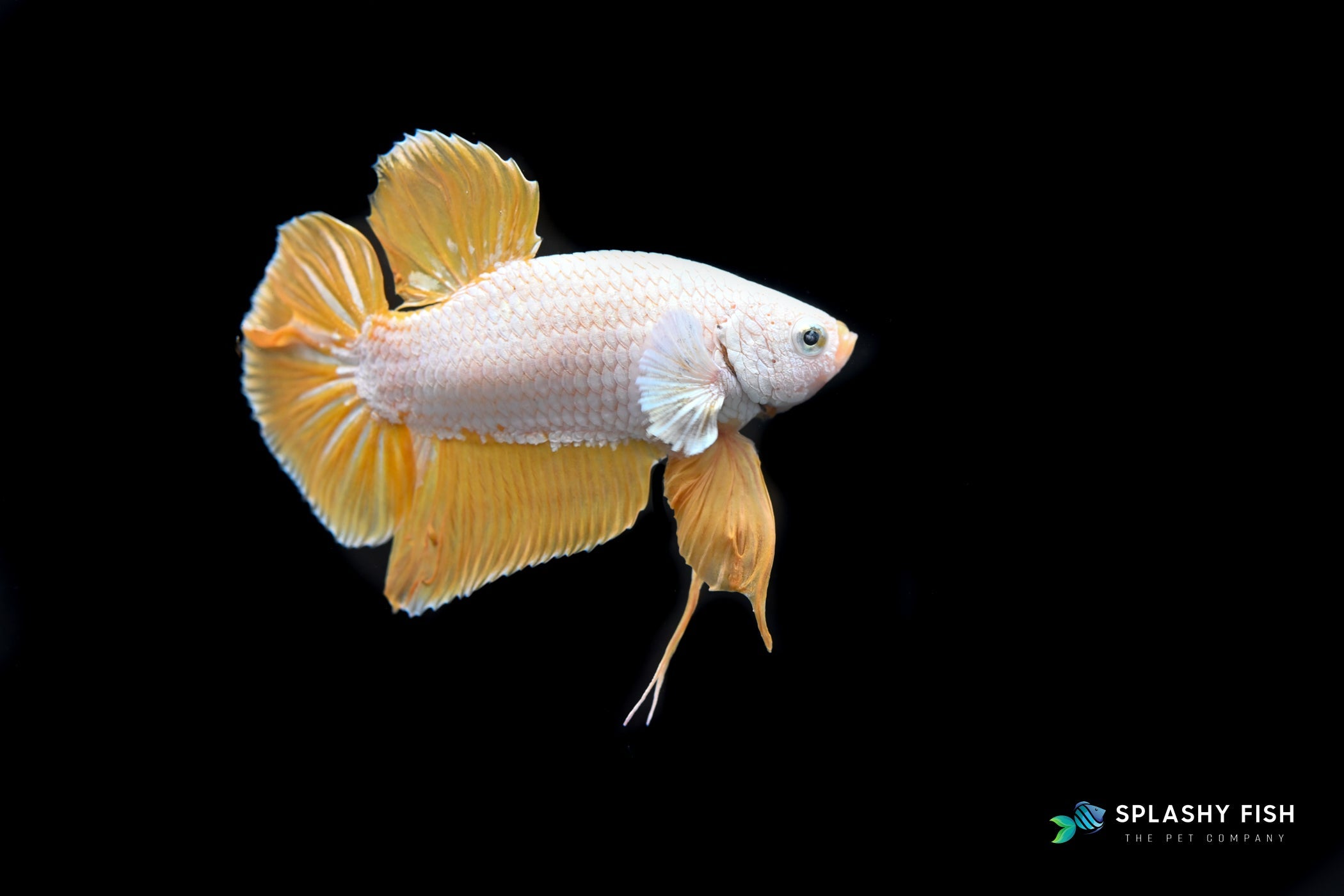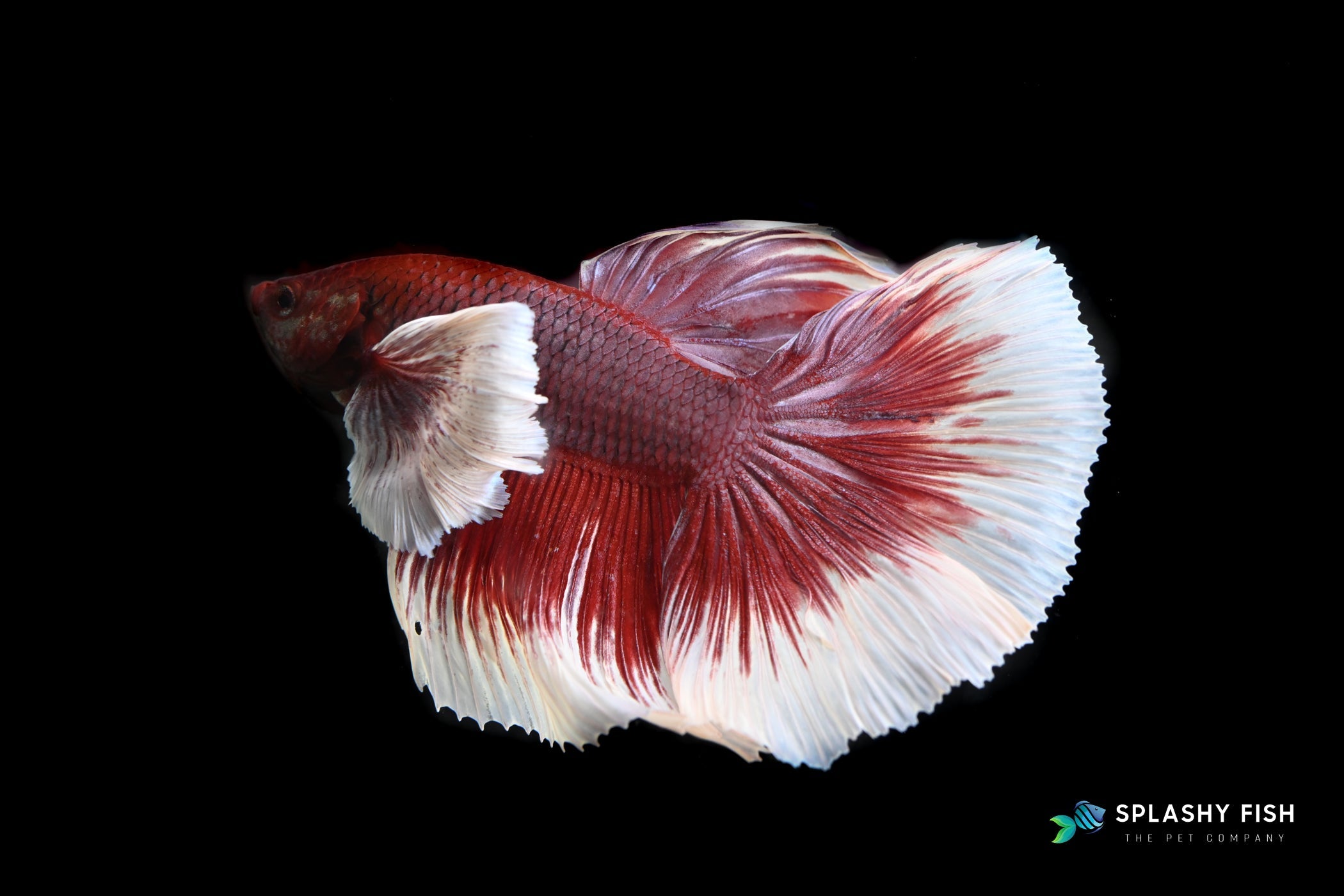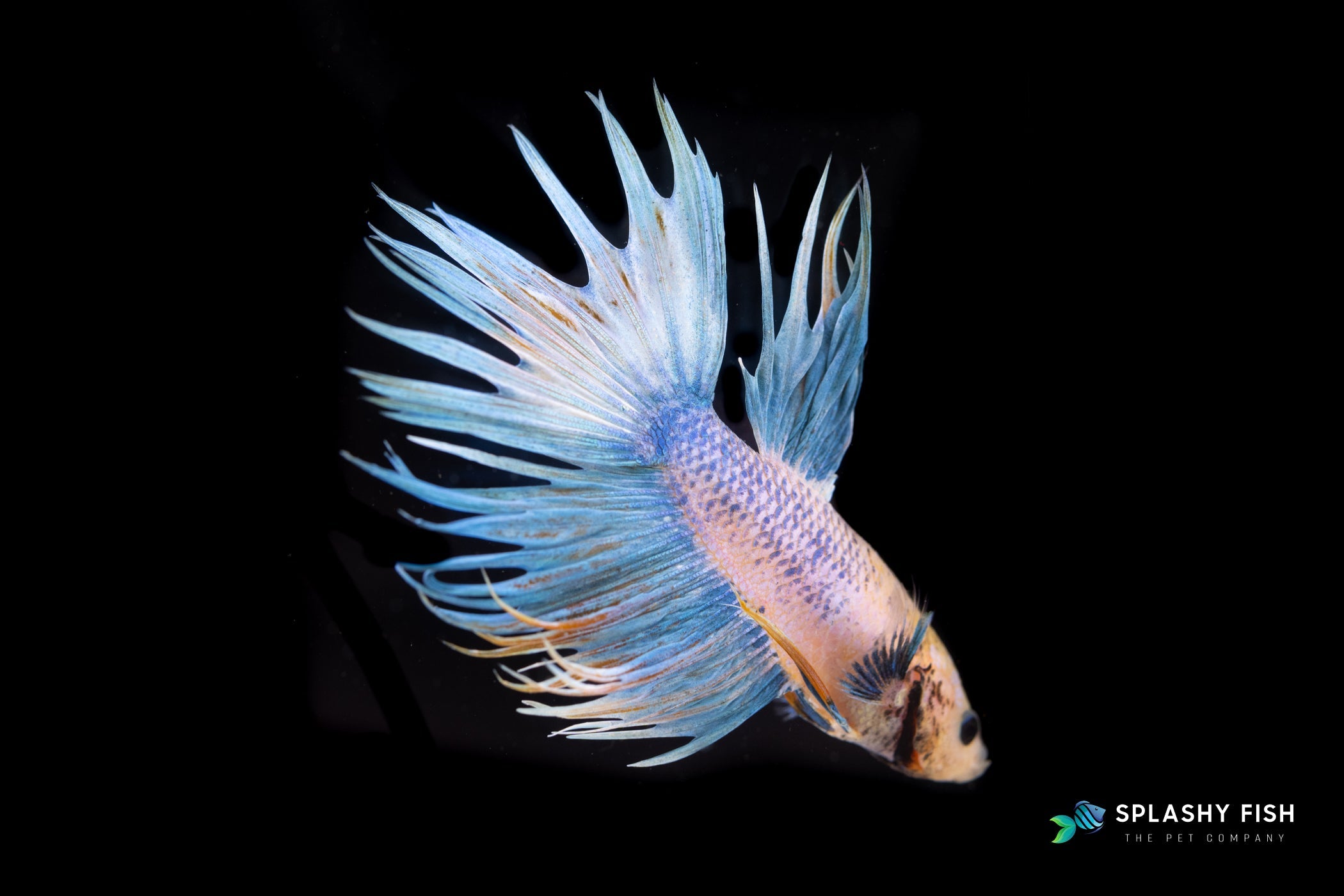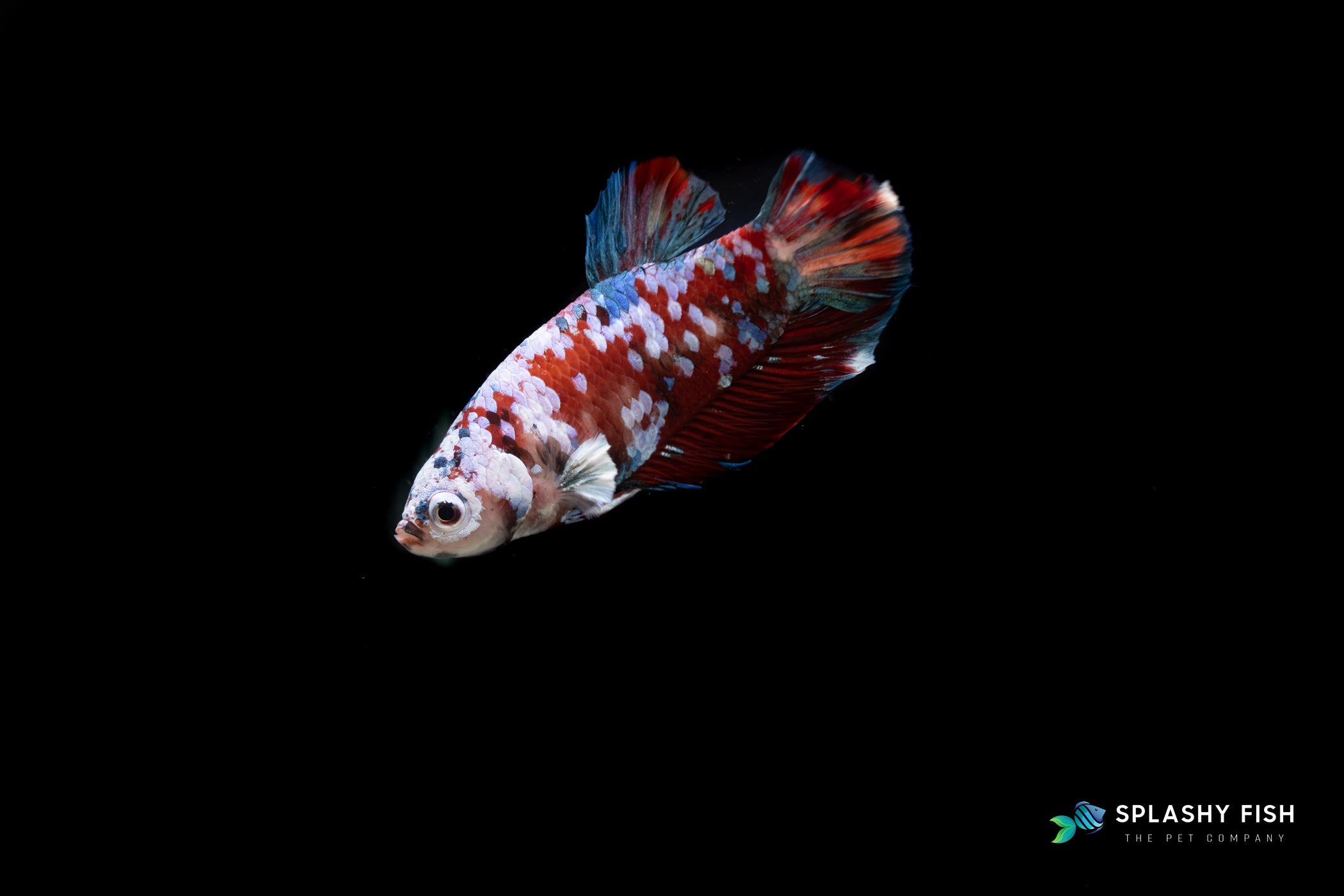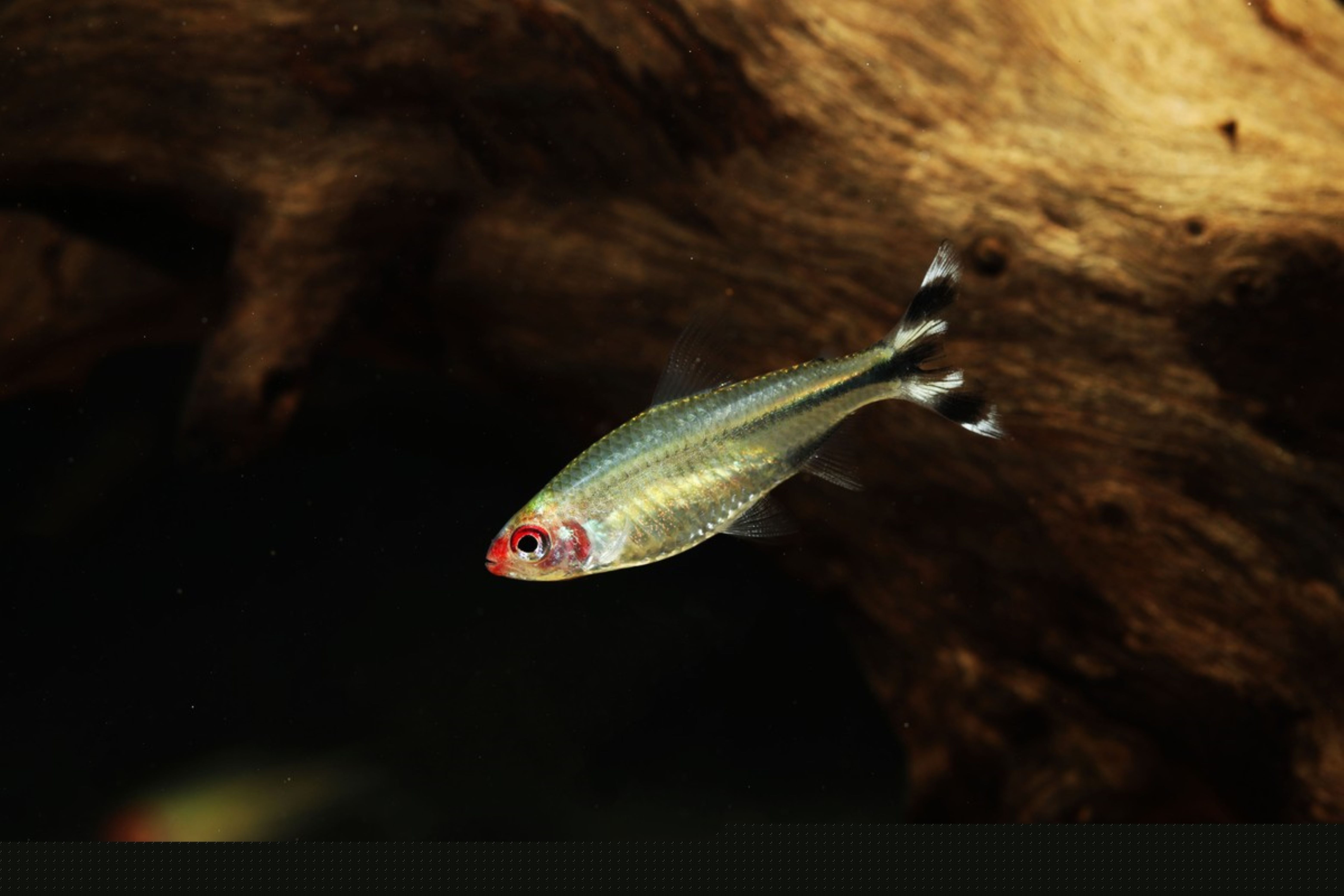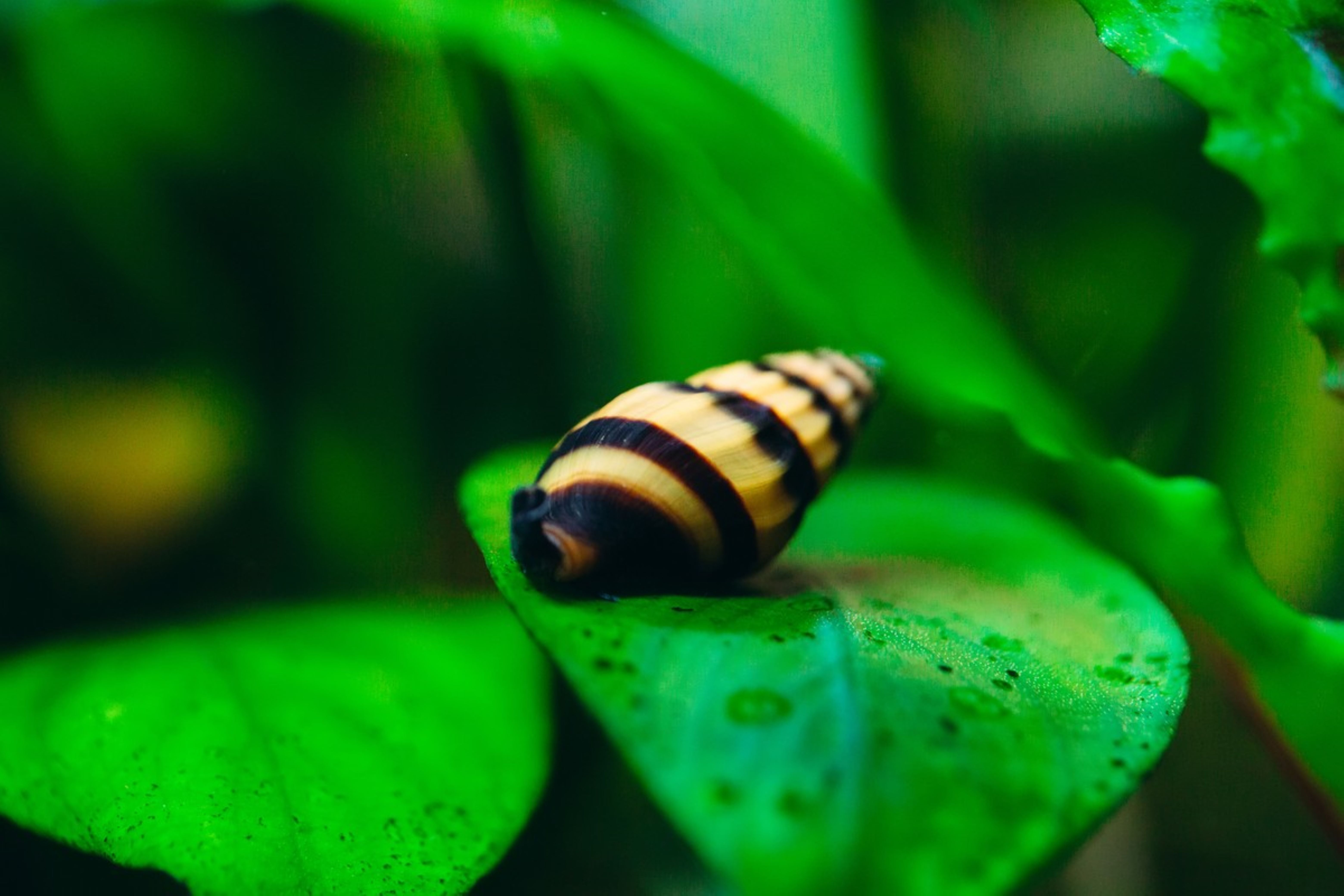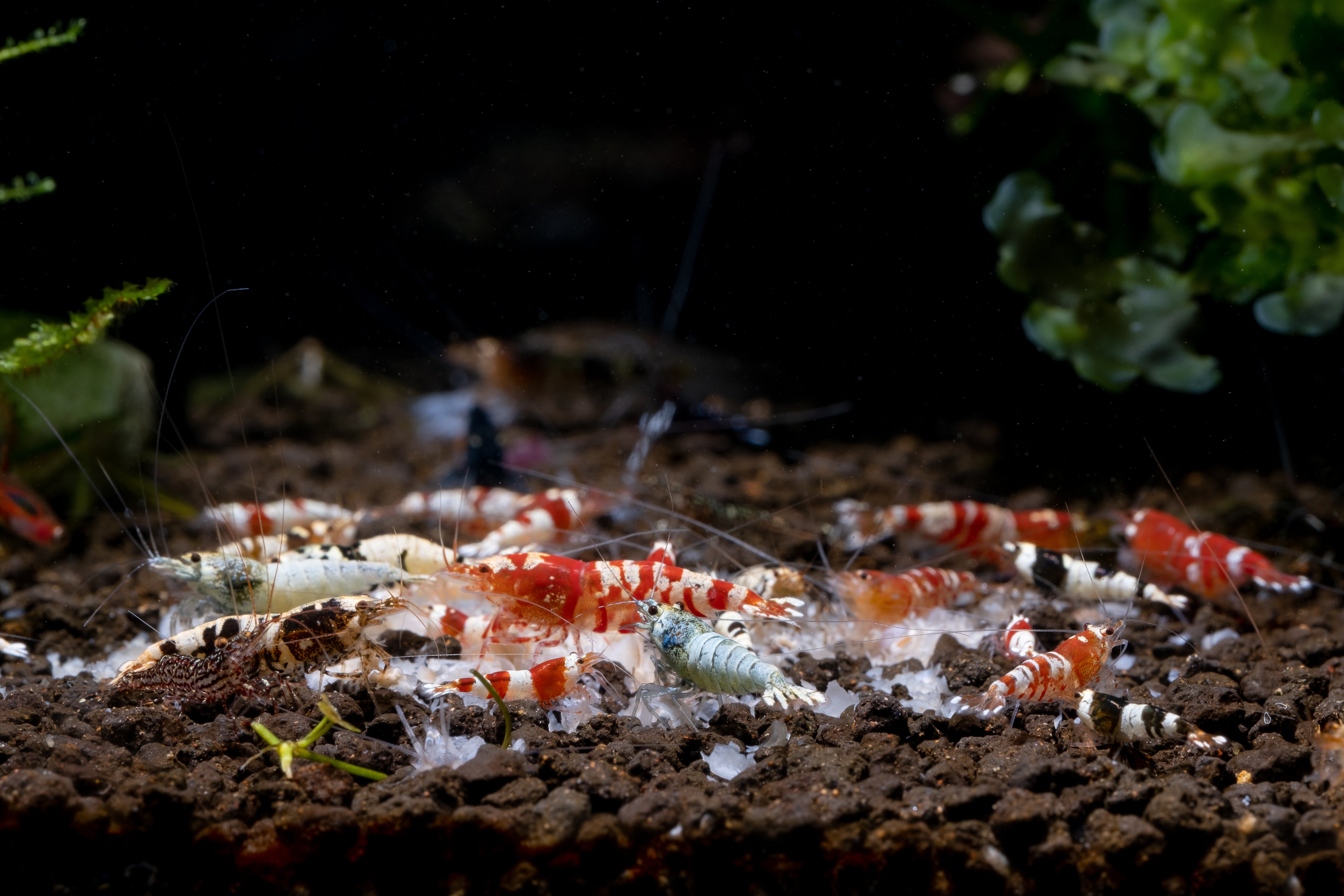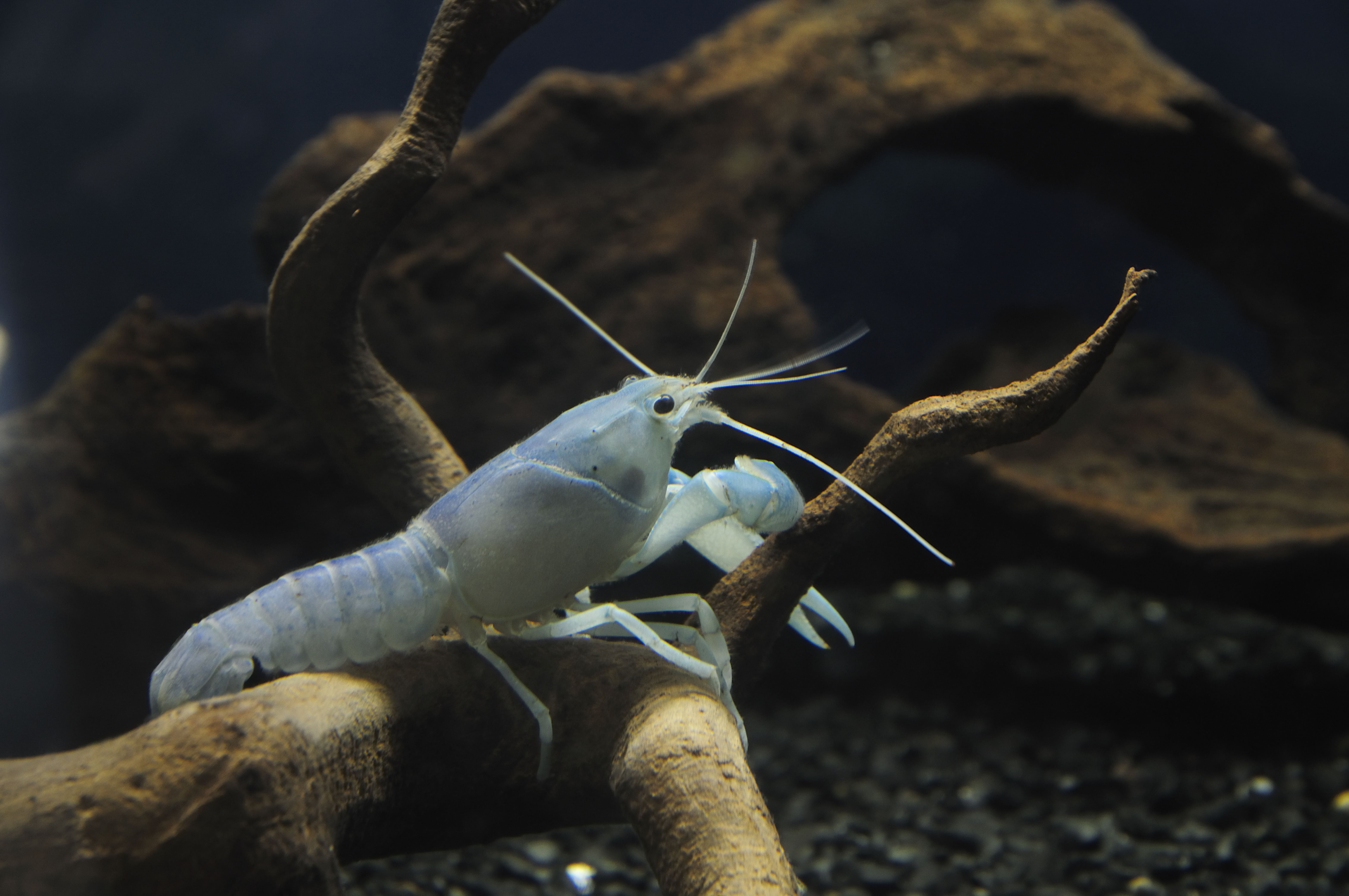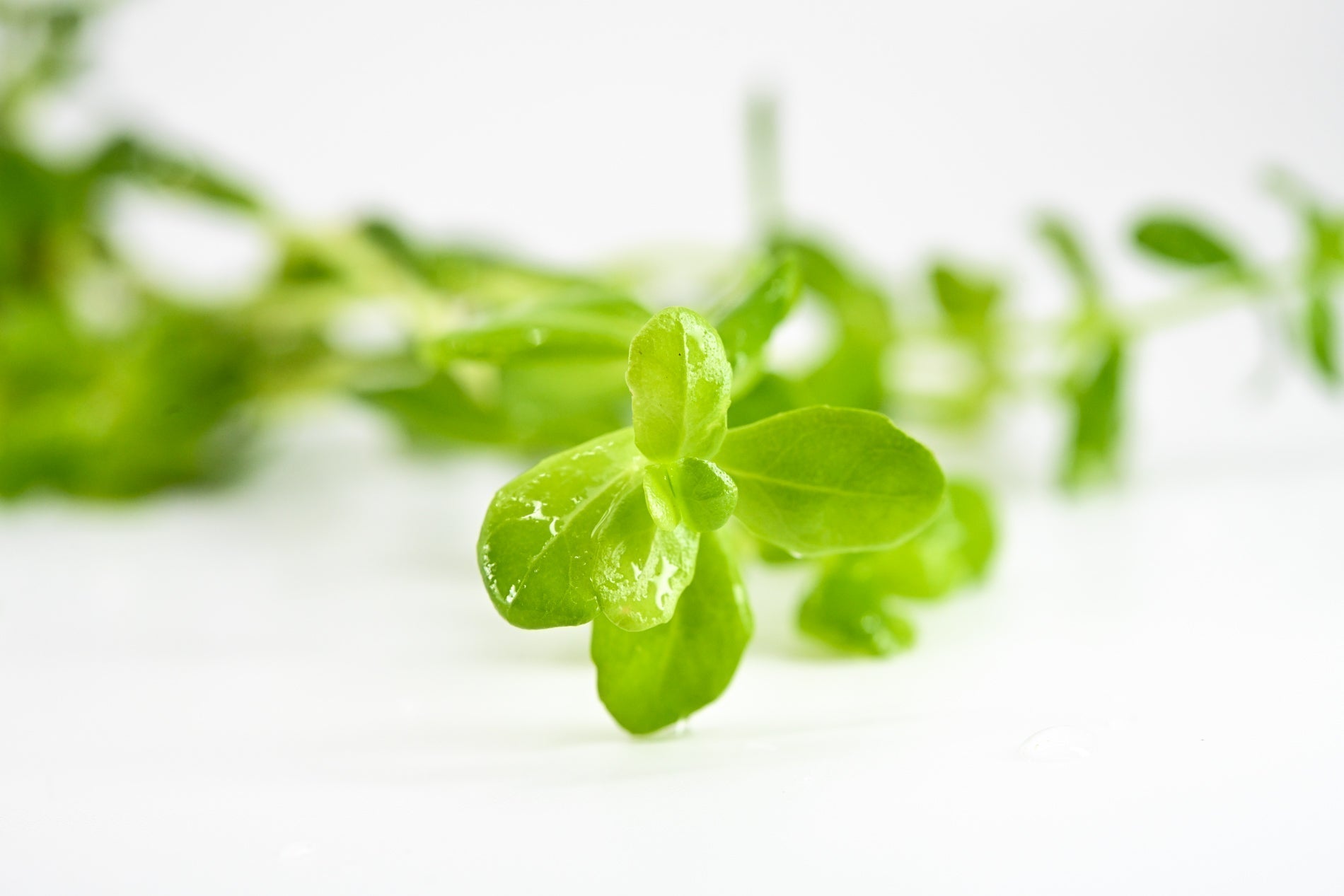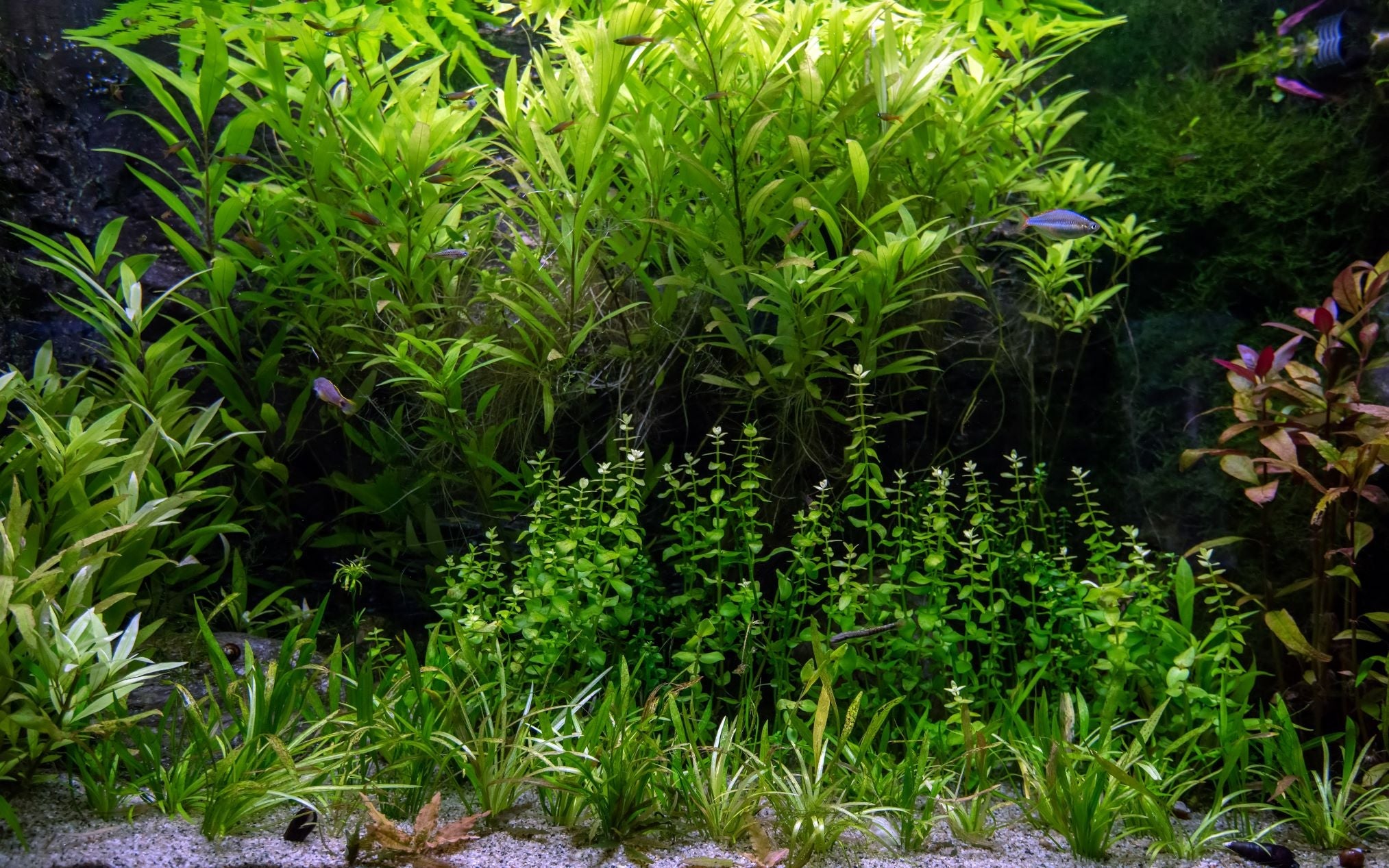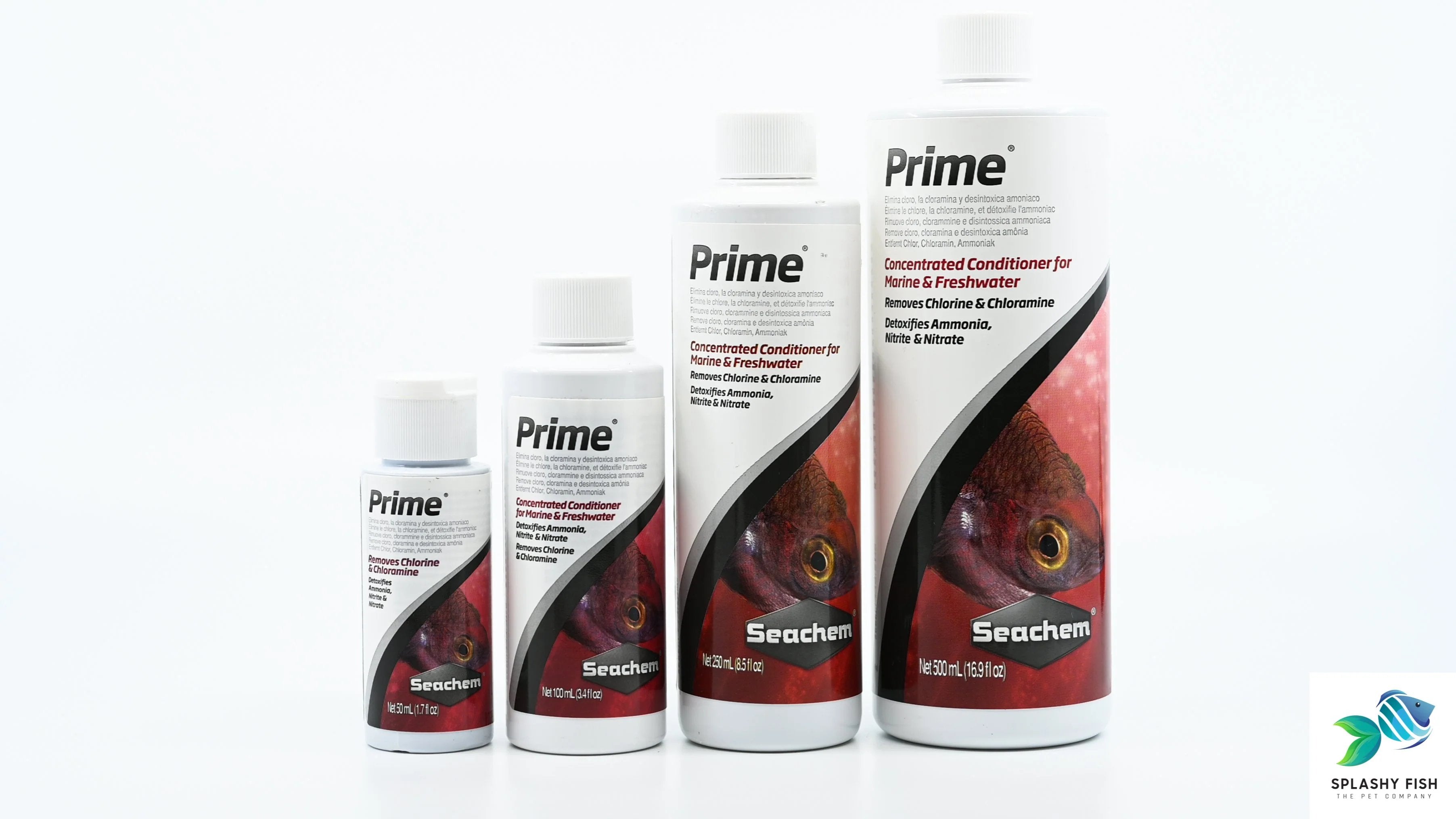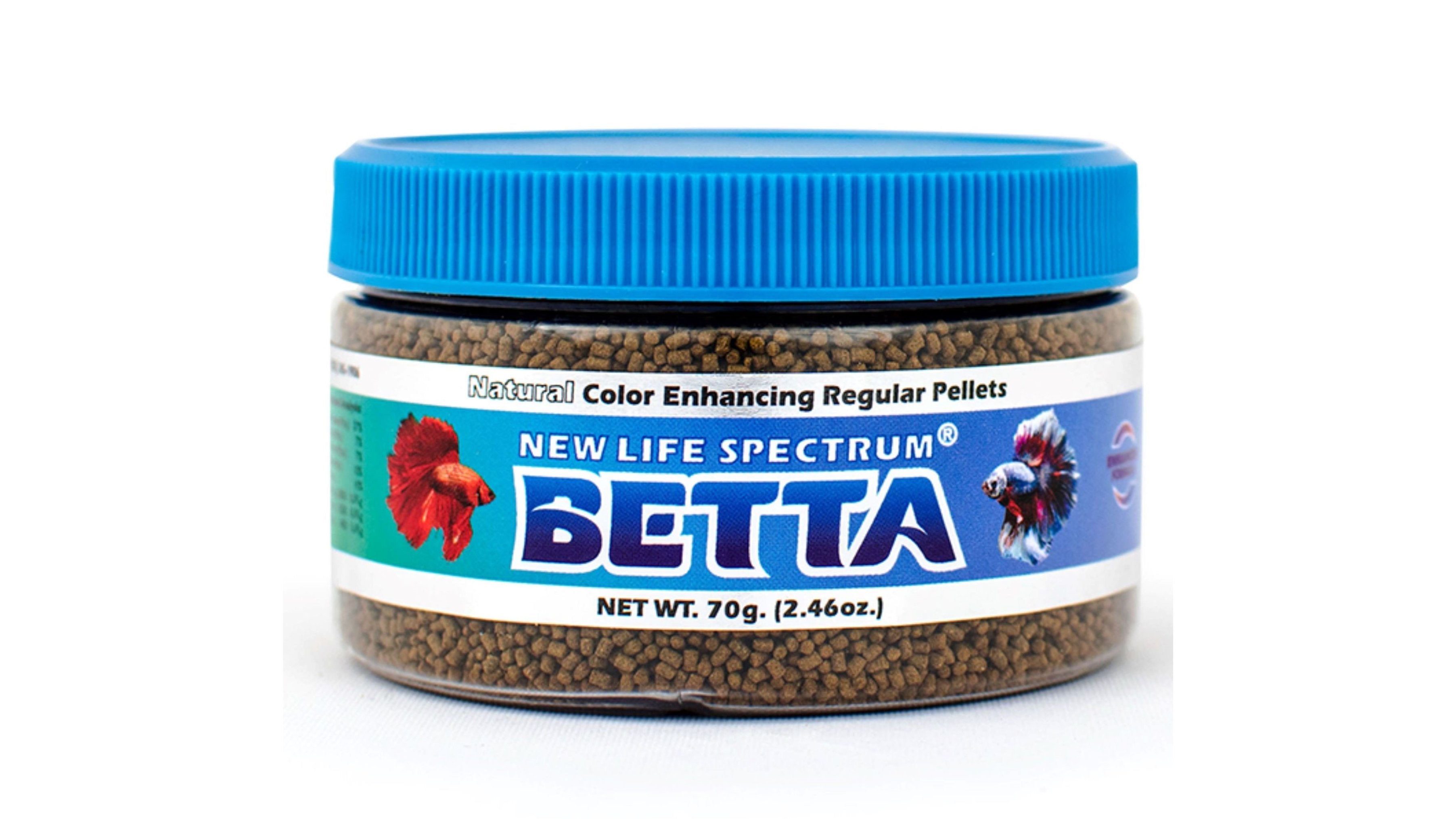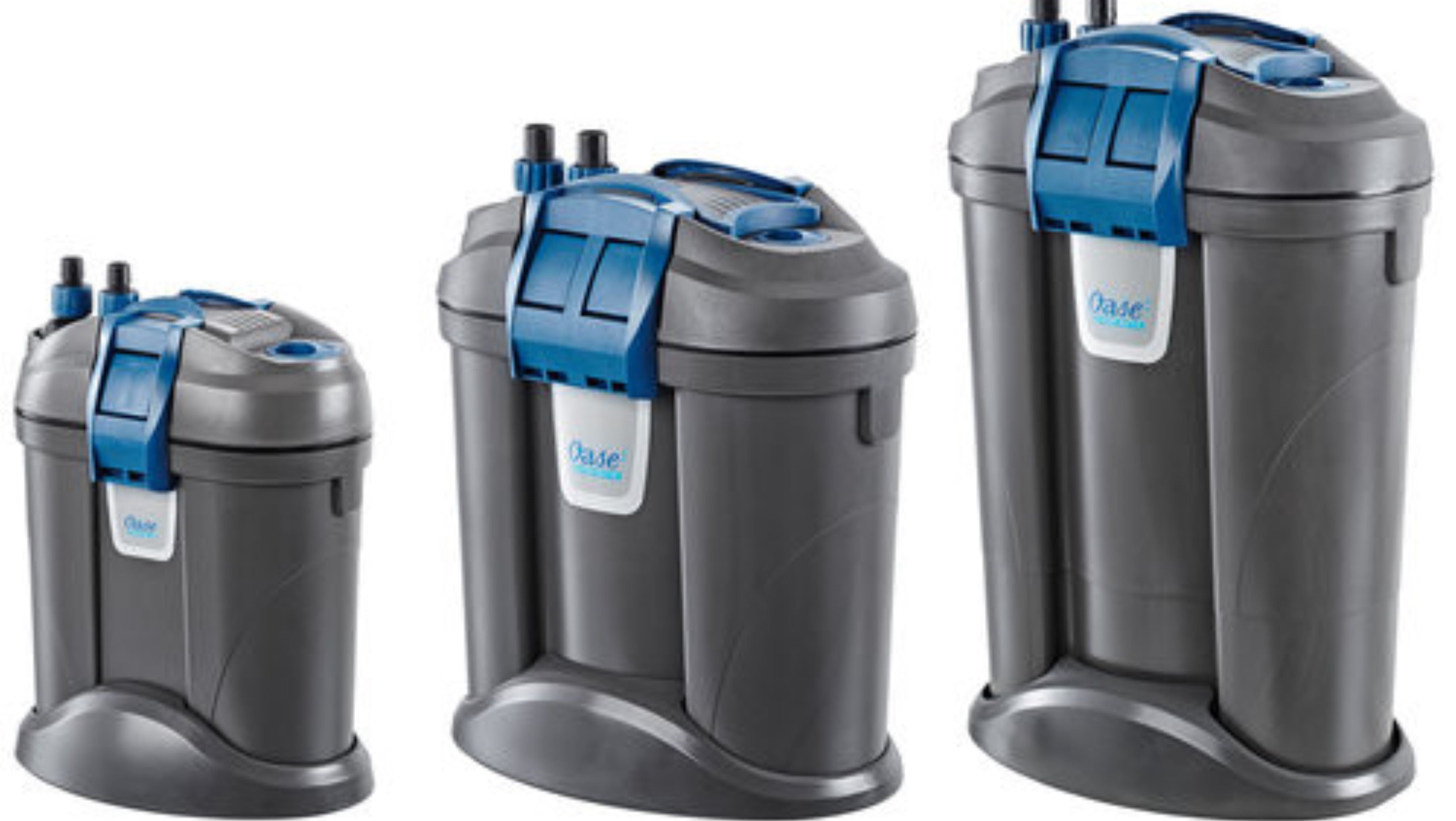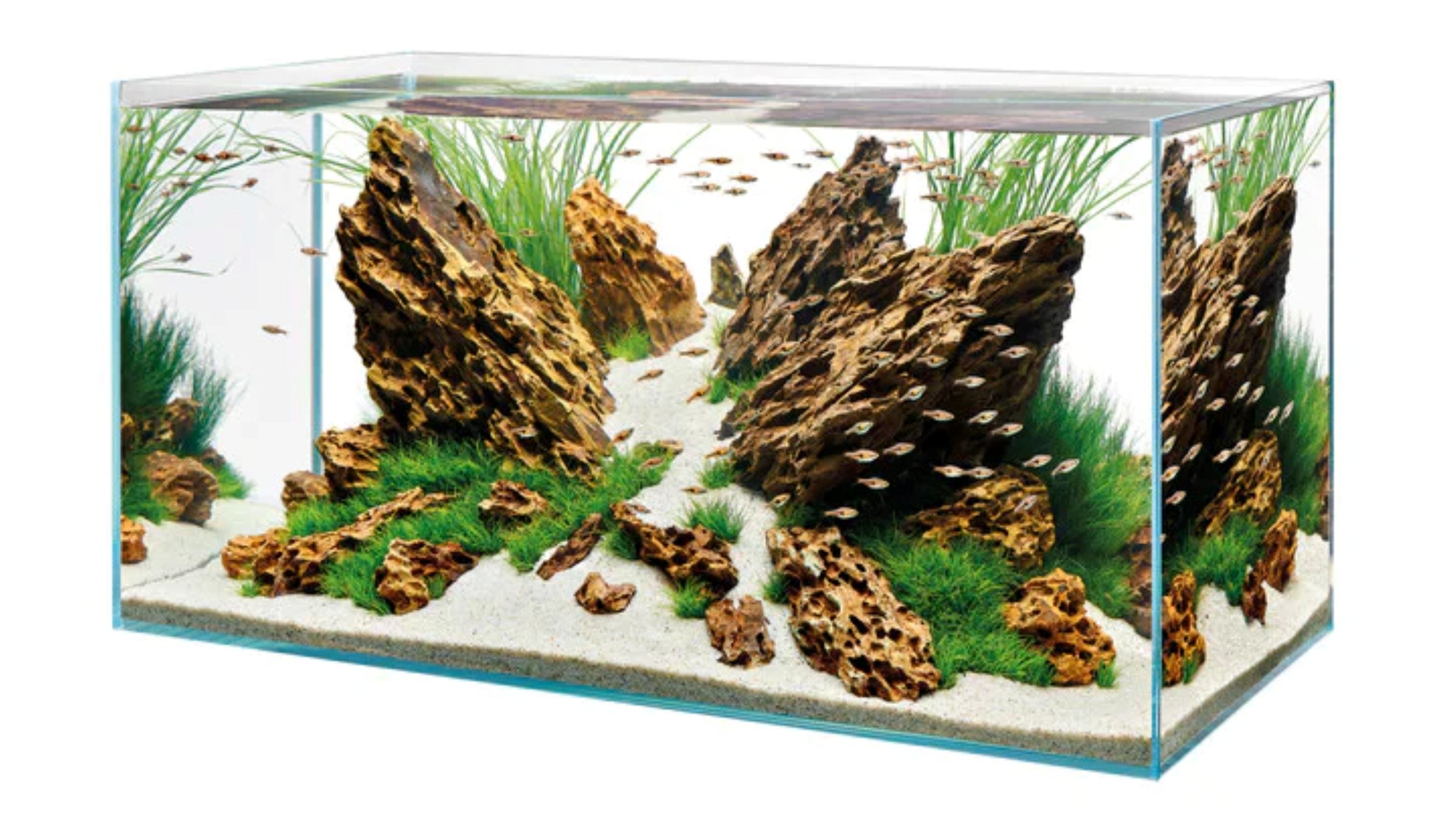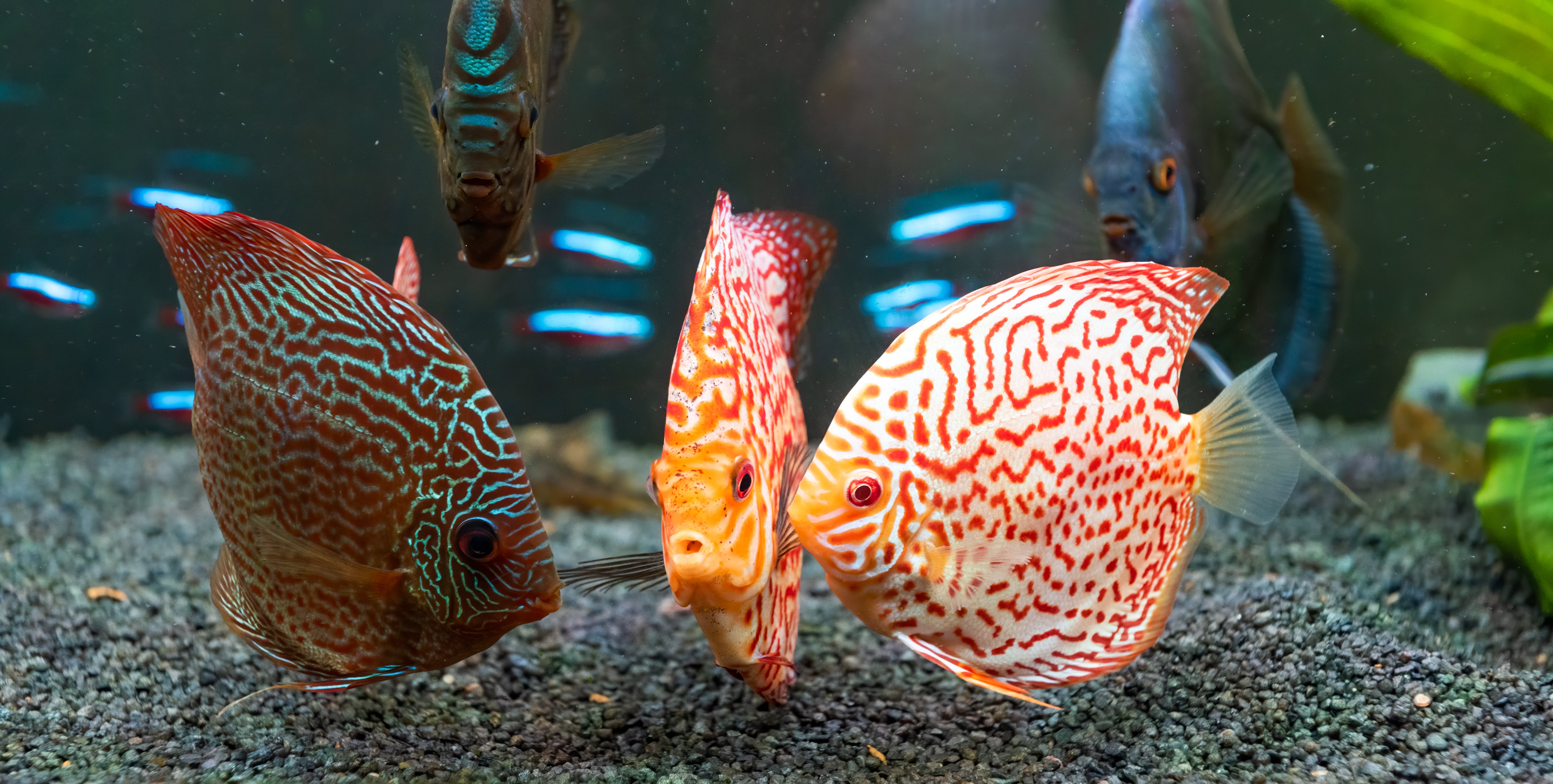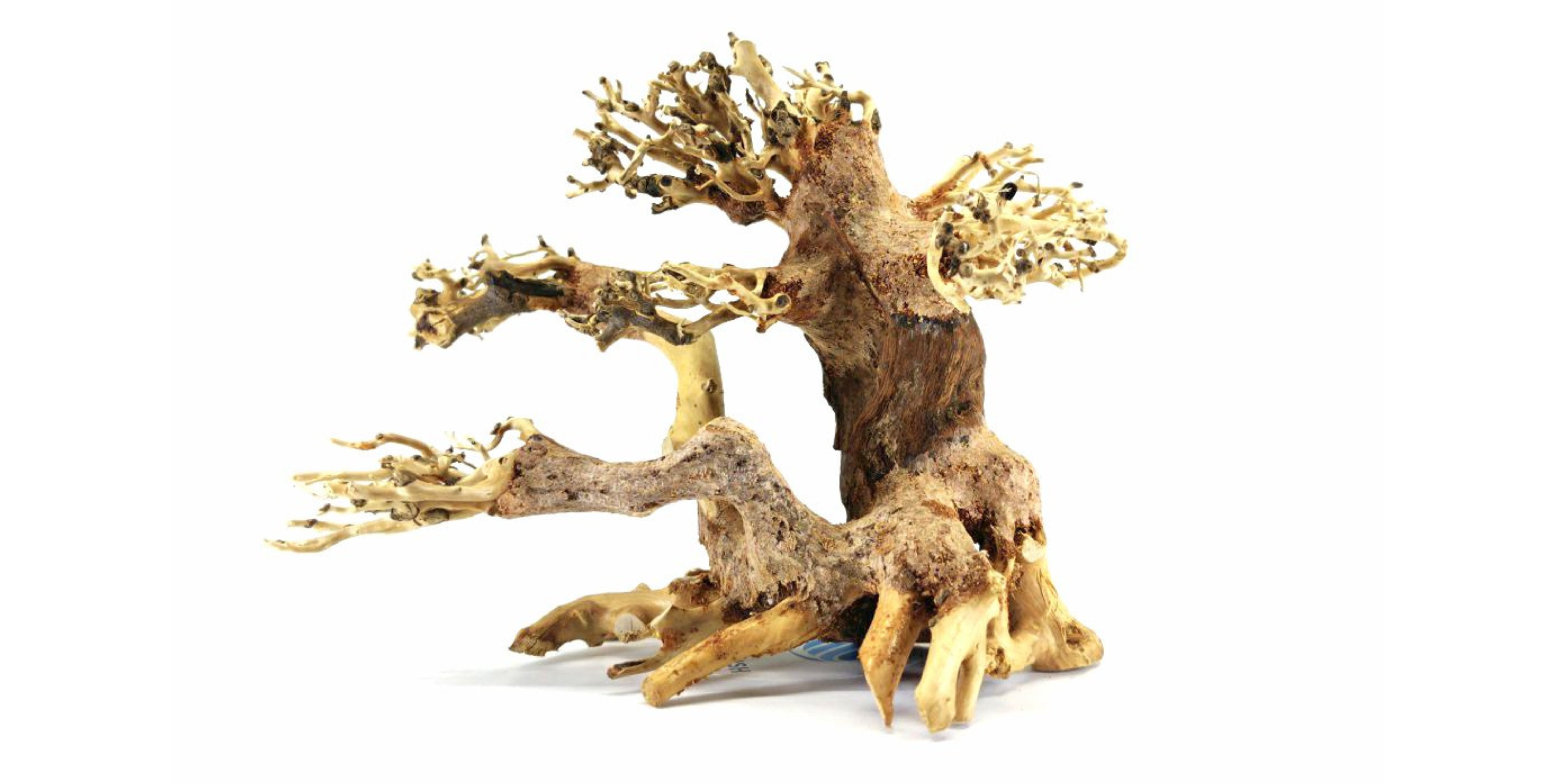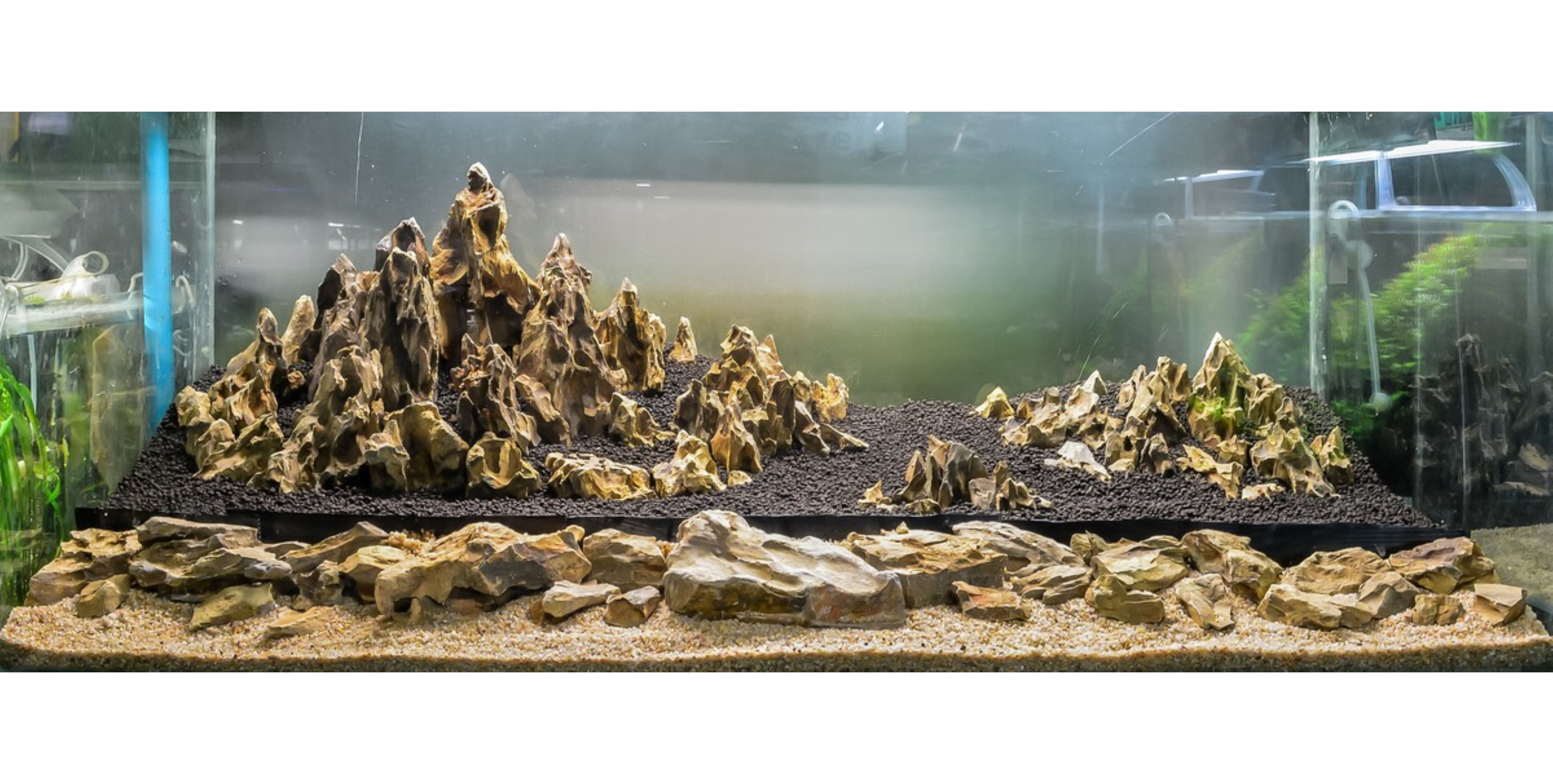Table of Contents
Among the most beloved options for planted aquariums are Cryptocoryne species, known for their stunning foliage and versatility. However, mastering Cryptocoryne care can seem daunting, even for seasoned aquarists. This guide is here to simplify that journey. From selecting the ideal species for your tank to understanding the nuances of water parameters, lighting, and nutrition, we cover all the essentials to ensure your Cryptocorynes flourish. You'll discover expert tips on preventing common issues like melt and nutrient deficiencies, enabling you to create a vibrant, healthy underwater landscape. Dive in and unlock the secrets to breathtaking aquatic displays and a thriving ecosystem!
Why Should You Have Cryptocoryne for Your Tank?
Cryptocoryne plants are a staple in aquascaping because they combine beauty, function, and ease of care. Here’s why every aquarist should consider adding these versatile crypts to their aquarium:
1. Hardy and Adaptable
Cryptocorynes can thrive in a wide range of water conditions, from low-tech freshwater tanks to high-end CO₂-injected aquascapes. Once established, they’re incredibly resilient and rarely require frequent trimming.
2. Perfect for All Tank Levels
From compact Cryptocoryne parva in the foreground to tall Cryptocoryne spiralis in the background, this plant family covers every layer of your aquascape. Their varying leaf shapes, textures, and colors make them ideal for creating depth and visual balance.
3. Natural Water Purifiers
Like many aquarium plants, Cryptocorynes absorb nitrates and excess nutrients, improving water quality and helping control algae growth.
4. Fish- and Shrimp-Friendly
Their dense root systems and broad leaves provide perfect hiding spots for shrimp, snails, and small freshwater fish. Cryptocorynes blend seamlessly with other aquatic plants, supporting a peaceful and thriving ecosystem.

Common Types of Cryptocoryne Species
With over 60 recognized Cryptocoryne species, these plants offer incredible diversity in size, color, and form. Below are some of the most popular and reliable types to start your crypt aquarium plant collection. Visit our Top 10 Popular Cryptocoryne Species to explore other types of Cryptocoryne plants.
Cryptocoryne Wendtii
Cryptocoryne wendtii is one of the most widely recognized and beginner-friendly cryptocoryne aquarium plants. Native to Sri Lanka, it adapts effortlessly to a variety of tank conditions, making it perfect for both low-tech and high-tech aquascapes. Because it tolerates low to moderate light and doesn’t demand CO₂ supplementation, Cryptocoryne wendtii is often the first choice for aquarists who want an easy yet rewarding plant. Its thick, slow-growing leaves provide an excellent midground accent, creating a lush, natural aesthetic while offering shelter for shrimp and small fish. Once rooted, it becomes incredibly hardy and rarely requires replanting.
Cryptocoryne Spiralis
Tall and graceful, Cryptocoryne spiralis is an elegant cryptocoryne species that stands out for its long, narrow, spiraling leaves that flow beautifully with the water current. Native to India, this plant can reach 12 to 20 inches in height, making it an ideal background plant in medium to large aquariums. The leaves are typically bright green but may take on reddish hues under stronger lighting, adding subtle variation to your aquascape. Unlike many other crypt plants, Spiralis grows faster and is more light-demanding, thriving best in stable, nutrient-rich tanks. When grown in clusters, Cryptocoryne spiralis forms a stunning backdrop that brings vertical movement and balance to any planted aquarium, complementing both fine-leaved and broad-leaved plants beautifully.
Cryptocoryne Lutea
Cryptocoryne lutea is a resilient and versatile crypt plant that offers both beauty and reliability. Originating from Sri Lanka, it is admired for its vibrant green leaves with subtle bronze undertones and slightly ruffled edges that lend a natural, textured appearance to aquascapes. Reaching heights of 6 to 10 inches, it’s well-suited for midground planting or as a transition plant between tall and short species. One of the most appealing traits of Cryptocoryne lutea is its adaptability. It can thrive in low-light setups and tolerate a range of water hardness, making it an excellent choice for community tanks. Once established, this cryptocoryne aquarium plant enhances the tank’s depth and realism while providing safe hiding spaces for shrimp and small fish.
Cryptocoryne Parva
As the smallest member of the cryptocoryne species, Cryptocoryne parva is a favorite among aquascapers seeking a compact, carpeting plant. Native to Sri Lanka, this miniature crypt aquarium plant grows only 2 to 3 inches tall and features small, bright green leaves that remain upright rather than sprawling like typical carpet plants. Its slow growth rate makes it ideal for foreground placement, where it forms tidy clusters that add a clean, natural look to aquariums of all sizes. Cryptocoryne parva prefers moderate to high lighting for compact, dense growth and benefits from nutrient-rich substrates or root tabs. Because of its hardiness and minimal maintenance requirements, Cryptocoryne parva is a perfect choice for nano tanks and aquascapes that emphasize simplicity and balance.
Create Ideal Environments for Cryptocoryne
Tank Size
Cryptocorynes can thrive in tanks as small as 10 gallons, though larger aquariums allow for more stable water parameters. Select species appropriate for your tank size. Use Cryptocoryne parva for nano tanks and Cryptocoryne spiralis for large displays.
Lighting
Most crypts aquarium plants are adaptable to low or medium aquarium light. Avoid sudden light changes, which can cause leaf melt. Under stronger light, species like Wendtii Red or Spiralis may develop deeper coloration. Recommended photoperiod: 6–8 hours daily with consistent timing to prevent algae growth.
Water Parameters
Ideal conditions for Cryptocoryne plants:
- Temperature: 72–82°F (22–28°C)
- pH: 6.5–7.8
- Hardness: 3–12 dGH
Consistency is key. Cryptocorynes dislike rapid fluctuations in water chemistry. When introducing new plants, acclimate them slowly to avoid melt.
Substrate
Cryptocoryne aquarium plants are heavy root feeders. Use a nutrient-rich substrate such as aquarium soil, clay-based gravel, or sand enriched with root tabs. Deep substrates (2–3 inches) encourage strong root development. Avoid moving crypt plants once established, as disturbing the roots can trigger melting.
Water Flow
Moderate water flow helps distribute nutrients and CO₂ evenly. However, cryptocoryne species prefer calm areas of the aquarium and avoid strong currents that may uproot them. Position them near the mid or back sections where the flow is gentler.
How to Plant Cryptocoryne?
Planting cryptocoryne plants is simple but requires care. Here’s how:
- Rinse the plant gently to remove any tissue culture gel or debris.
- Trim long roots to about 1 inch to promote new growth.
- Insert the roots into the substrate, leaving the crown (where leaves meet roots) exposed. Burying it too deep may cause rot.
- Avoid disturbing them for several weeks while roots establish.
Initially, the plant might lose some leaves (a process known as “crypt melt”), but new growth will emerge once it adapts to the new environment.
Do Cryptocoryne Plants Need Fertilizer?
Yes, but moderately. Cryptocorynes are slow growers that benefit from nutrient-rich substrates and root tabs placed near their roots every 2–3 months. Supplementing with a balanced liquid fertilizer supports leaf health and coloration, especially in low-nutrient setups. Avoid overfertilizing, as excess nutrients may encourage algae. If you use CO₂ injection, you’ll notice faster and denser growth, though cryptocoryne aquarium plants can thrive perfectly well without it.
How to Propagate Cryptocoryne?
Propagation of cryptocoryne plants occurs naturally through runner shoots that grow from the base of the mother plant. Steps to propagate Crypts:
- Wait until the runner develops several leaves.
- Gently separate it from the main root using plant tweezers.
- Replant the new shoot into the substrate, ensuring the crown remains above ground.
Propagation may take time, but once established, cryptocorynes form beautiful clusters that fill your aquarium with lush greenery.
Safe Tank Mates for Cryptocoryne
Cryptocoryne aquarium plants are compatible with most freshwater fish and invertebrates. They’re sturdy enough to withstand gentle nibbling yet delicate enough to complement soft aquascapes. Ideal Cryptorocyne plants tank mates include:
- Shrimp species: Cherry Shrimp, Amano Shrimp, etc.
- Small community fish: Tetras, Rasboras, Guppies
- Bottom dwellers: Corydoras, Otocinclus, Kuhli Loaches
- Peaceful snails: Nerite Snails, Mystery Snails
Avoid housing them with large plant-eating fish like Goldfish or African Cichlids, which may uproot or damage their leaves.
Conclusion
The Cryptocoryne genus is one of the most versatile and rewarding families of aquarium plants. Their adaptability, slow growth, and subtle beauty make cryptocoryne plants ideal for beginners and aquascaping enthusiasts alike. By providing consistent water conditions, adequate nutrients, and patience, your crypts aquarium plants will flourish and enrich your underwater world for years to come.
At Splashy Fish aquarium store, we offer a wide range of Cryptocoryne plants for sale and other aquatic plants for sale. Visit us to buy them online or at our local fish store in Virginia for other betta fish for sale, freshwater fish for sale, invertebrates for sale, and aquarium supplies.
Cryptocoryne Plants Frequently Asked Questions (FAQs)
Why is my Cryptocoryne melting?
Crypt melt happens when plants experience sudden changes in the environment, lighting, or water parameters. Old leaves disintegrate, but new ones will regrow once the plant adapts. Maintain stable conditions and avoid relocating the plant too often. Visit this blog to learn more about Cryptocoryne Melting.
Can Cryptocoryne grow without lighting?
No, cryptocoryne plants require light for photosynthesis, though they can tolerate low-light conditions. Provide at least 6 hours of gentle, consistent light daily to ensure steady growth.
Can I grow Cryptocoryne without CO2?
Yes. Most cryptocorynes thrive in non-CO₂ setups. While CO₂ enhances growth and color, these plants naturally adapt to low-tech tanks, making them a great choice for beginners.


